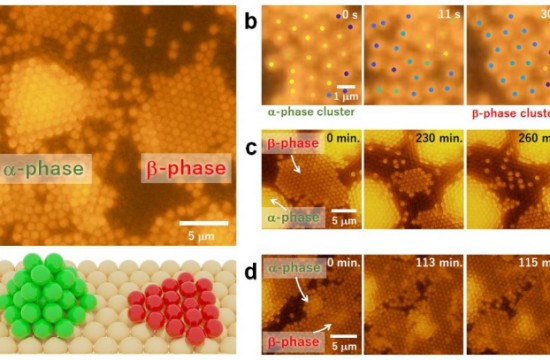
We see color because photoreceptor cones in our eyes detect light waves corresponding to red, green, and blue, while dimness or brightness is detected by photoreceptor rods.
Many non-mammalian vertebrates like fish, however, are known to detect color and brightness with the pineal gland, which is part of the brain. An Osaka Metropolitan University research group has further elucidated on how the pineal organ of fish do so.
Previously, the research group led by Professor Akihisa Terakita and Professor Mitsumasa Koyanagi of the Graduate School of Science revealed that the pineal organ of bony fish detects colors using a mechanism different from that of their eyes. A type of pineal photoreceptor cell that contains a protein called parapinopsin 1 (PP1) detects color.
These PP1 cells become active and inactive in proportion to the difference in wavelength of light, with longer waves for red and shorter ones for blue, for example. This inactivation of PP1 has been found necessary for color detection, but the mechanism has now been discovered.
Using zebrafish, the team investigated arrestin proteins in the pineal gland involved in the inactivation of photoreceptor proteins such as PP1. Of the seven types of arrestins in zebrafish, the researchers found that Sagb and Arr3a play major roles with PP1.
Arr3a rapidly inactivates PP1 when light is dim, while Sagb takes over inactivation when light intensity increases. The team found that the dual performance of this single photoreceptor is dependent on the switching of these two arrestins according to the intensity of light.
“Multiple types of arrestins exist in a single cell. Our discovery suggests that the function of arrestins might be used differently depending on the strength of the stimulus, an important finding about these genes,” Professor Koyanagi proclaimed.
Professor Terakita added, “The elucidation of the mechanism of color discrimination by a single type of photoreceptor protein is expected to contribute to the realization of optogenetics, which uses parapinopsin to control cells by the color of light.”
The findings are published in iScience.








